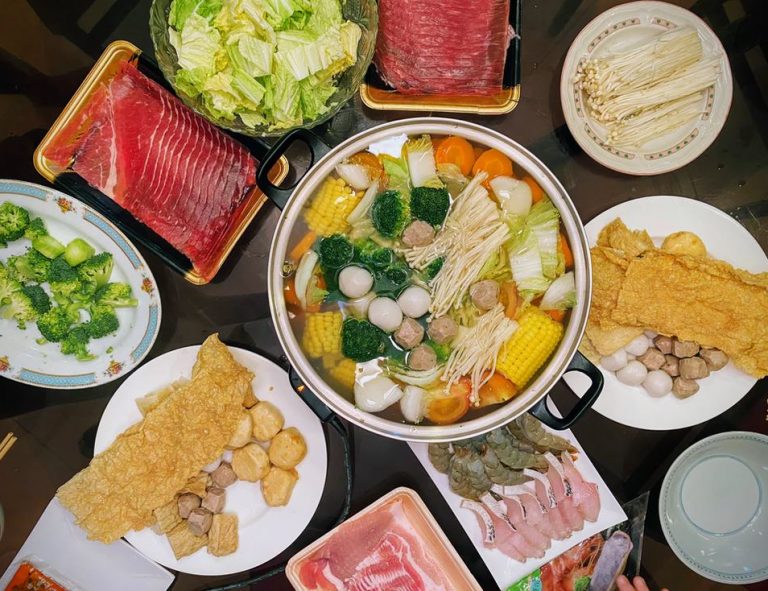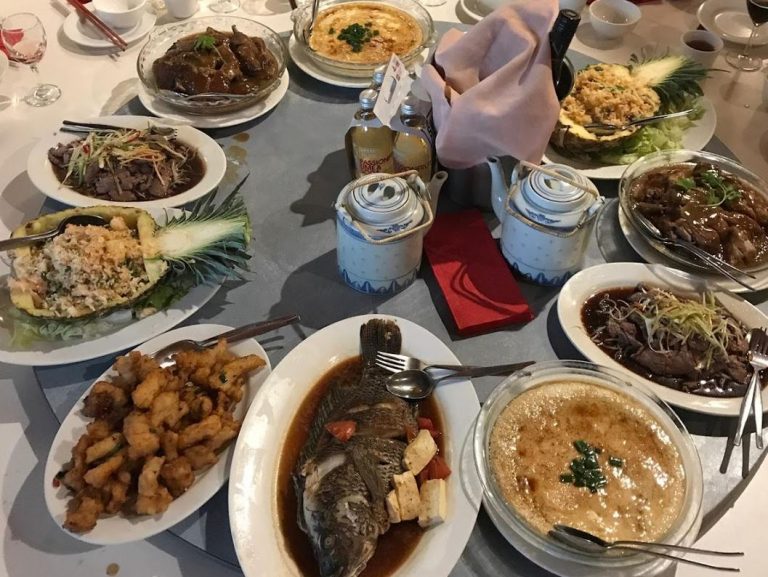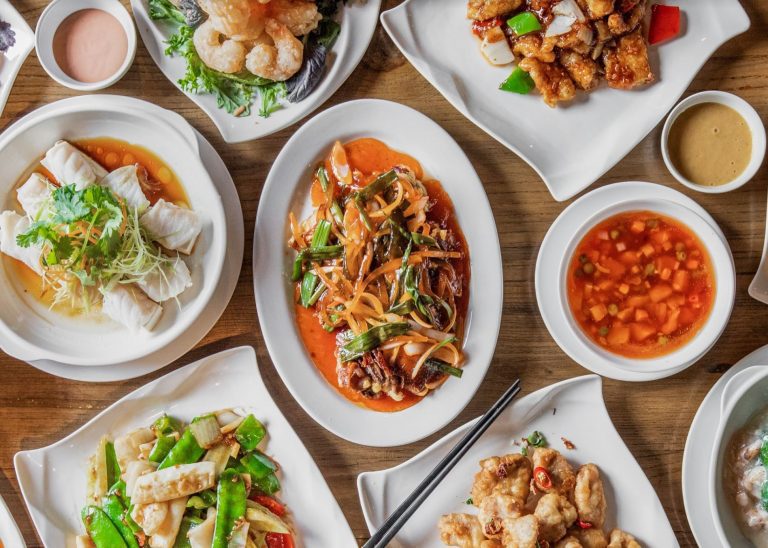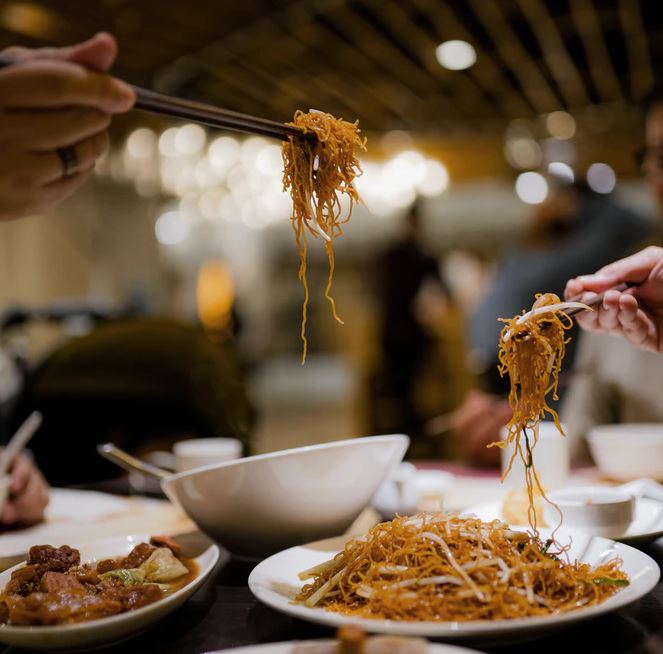3 Reasons Why Sharing Plates is Part of Chinese Eating Culture
Have you noticed that in a Chinese restaurant, people don’t order individually? You will never see a person just eating a plate of Salt & Pepper Pork Chops (unless they really really enjoy it). Chinese meals usually consist of everyone’s own bowl of rice, with a central spinning table packed with “tsai” (different communal meat and vegetable dishes). Here are 3 reasons why sharing plates is part of Chinese eating culture.

Developing Guanxi
“Guanxi” is a Mandarin Chinese word which means relationship. “Guan Hei” is the Cantonese way of saying it (do practise with us the next time you visit Joyful House!). Relationship development is a foundational component of Chinese society. Business is done over banquet dinners, and celebratory family occasions always involve a hearty “Gan Bei!”.
What better way is there to improve Guanxi than over a vast menu? Visiting a Chinese restaurant for dinner will probably involve a lengthy process of deliberation. What’s the best dish to order? Have we got enough veggies? How many bowls of rice should we get?
Collaborating and having a (literal) round table discussion about which dishes to get develops the connection between all members at the table. Teamwork builds friendships. This bond is only increased when everyone starts discussing which dish was the tastiest. Rivalry can be healthy too.

You can try more dishes!
When you visit a Cantonese restaurant, you’ll find that many dishes are either solely meat, or solely vegetable. Plates like Sweet & Sour Pork, or Brocolli with Oyster Sauce come to mind. If you order just one dish per person, you’ll be stuck with a pretty singular flavour profile. Moreover, you won’t be able to experience the breadth of cooking styles that the kitchen has to offer.
Chinese menus can be described as designed for dish-sharing. Hence the classic round spinning table you see in Yumcha restaurants, or the varied categories of cooking-style which you will find dishes listed under. Steamed, deep-fried, boiled, stir-fried, raw … ordering to share is the most economical way to experience different Chinese dishes. All of them have their own characteristics!

Your Nutrition Goals
A Chinese meal consists of two parts. The staple food (normally consisting of rice or noodles) and “tsai” (vegetable and meat dishes). This is different from meals you might find in Europe or around the world, which may have meat as its main dish. Throughout the meal, people will use the public chopstick to take from different tsai, and accompany it with a mouthful of rice.
Sharing plates ensures that if you don’t consume enough nutrients (maybe not enough vegetables!) from one plate of tsai, you can always pick from another.

